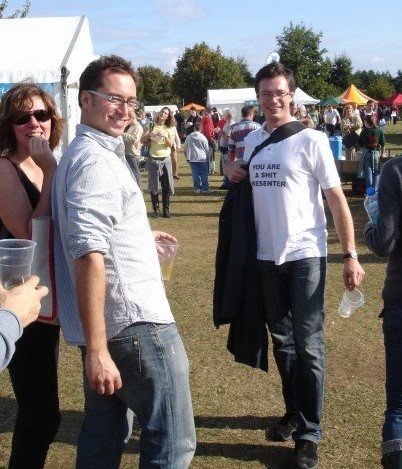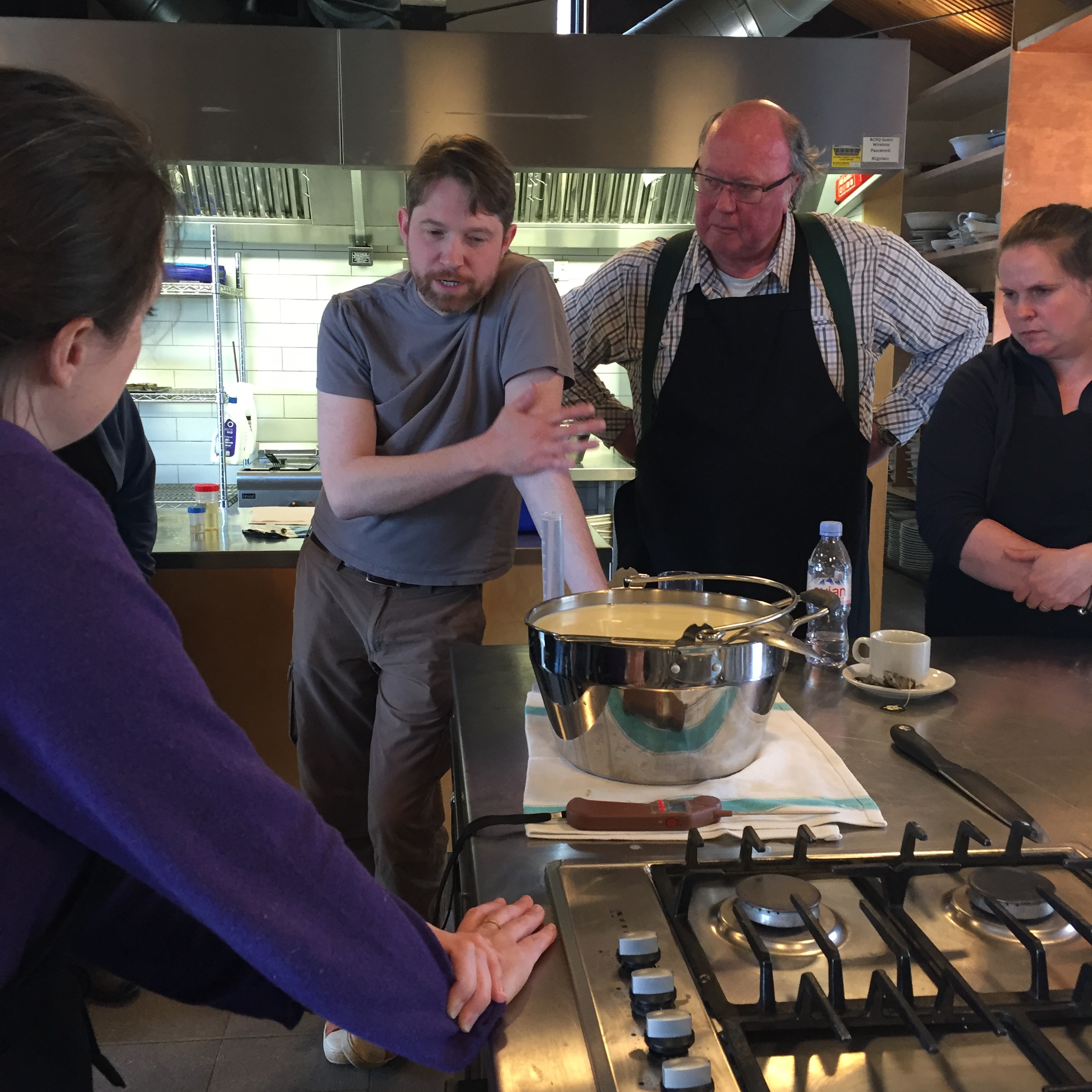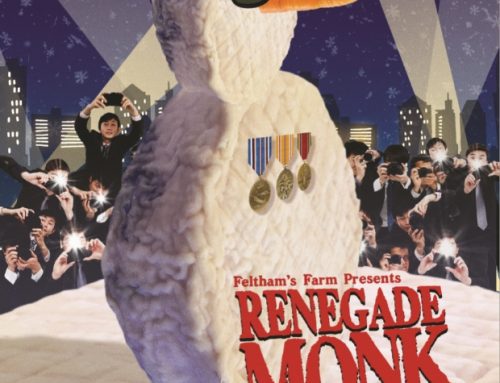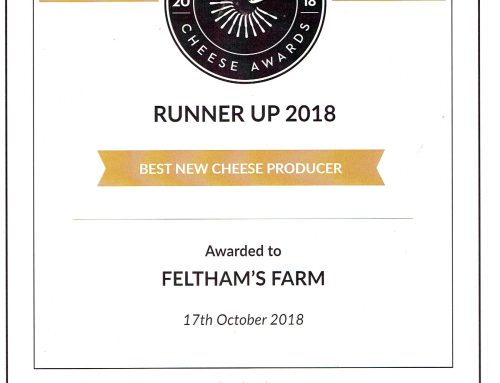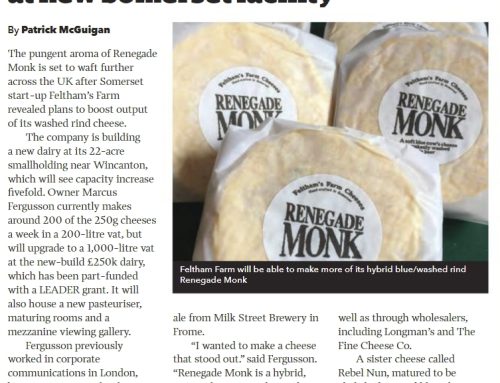I’ve seen cheese being made a number of times. The farm next to the house where we used to stay in the south of France in the ‘70s and ‘80s produced Mozzarella and I would often watch them cutting the curd with wicked, long-handled knives. One of the workers was a little soft in the head (like the mozzarella he stretched and kneaded day after day) and on various occasions he would be found wandering around the garden of our house or peering through the windows, alarmingly still clutching his long-handled knife.
Then, when working on The Great British Menu in 2006, I visited Trethowan’s Dairy with the chef Bryn Williams to film a make of Gorwydd Caerphilly. The process fascinated me but what stayed with me was the glorious, musty smell of the ageing room.
I also saw a demonstration of cheese being made when the London Cheese Club made an excursion to the Great British Cheese Festival in 2007 (more about the London Cheese Club in due course). Of course, they could only make a very fresh, soft cheese in the time available but we were all somewhat underwhelmed by the results. We had, however, drunk many pints of cider that day so our lack of enthusiasm for the demonstration was perhaps inevitable. Alistair’s T-shirt may also have put them off their stride somewhat…
However, I had no direct experience of making cheese so, after much research, I signed up for a one-day course at River Cottage HQ. To be honest, I wasn’t sure what to expect from the course, fearing that it might be more lifestyle over substance – but I couldn’t have been more wrong and I recommend the course to anyone who wants to make cheese at home.
The course is given by Paul Thomas who, as I have subsequently discovered, is a genuine and well-respected cheese guru. Paul’s genius lay in getting us to start making cheese immediately while he explained the science (and artistry) behind good cheese making. So no waiting around listening to theory which we would then have forgotten when we moved onto the practical. It was straight on with our aprons to heat up eight litres of milk to 32˚C.
Different cheeses obviously take different amounts of time to make but Paul structured the day so that we could work (in pairs) on three different cheeses (a Camembert, a Caerphilly and a Ricotta) simultaneously – and still have time to eat the various snacks and stonking lunch that the River Cottage kitchen served up during the day.
I lucked out by pairing up with an American lady who was travelling onto France the next day so I went home with her share of the cheese as well. The Ricotta can be eaten immediately while the Caerphilly will mature within two weeks. However, the Camembert will need salting and turning at home. This is definitely exciting – I’m off already – maturing cheese at Feltham’s Farm and delving into the fine art of affinage.
